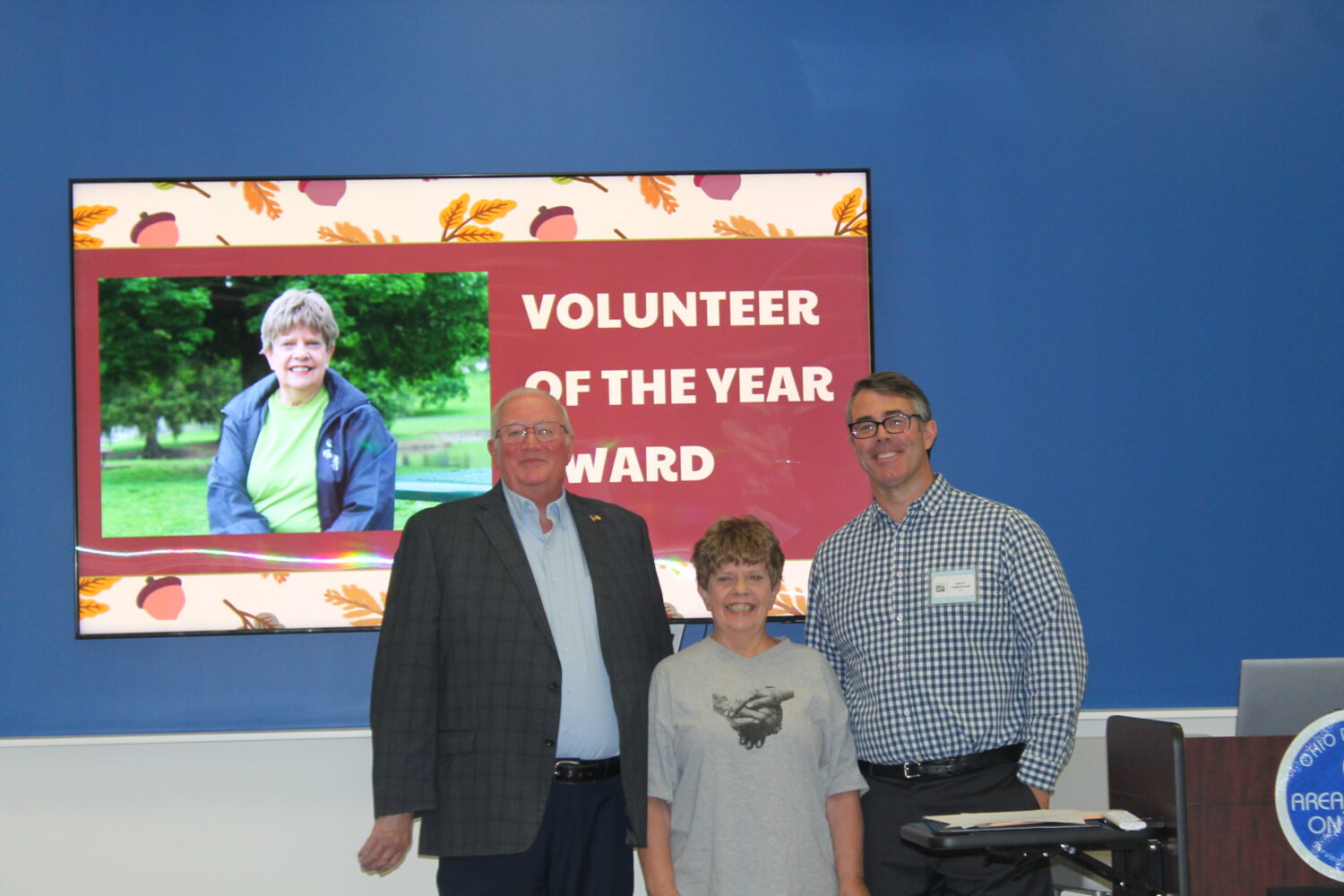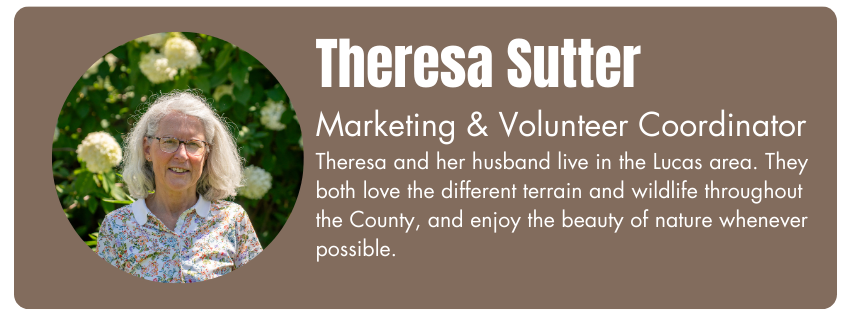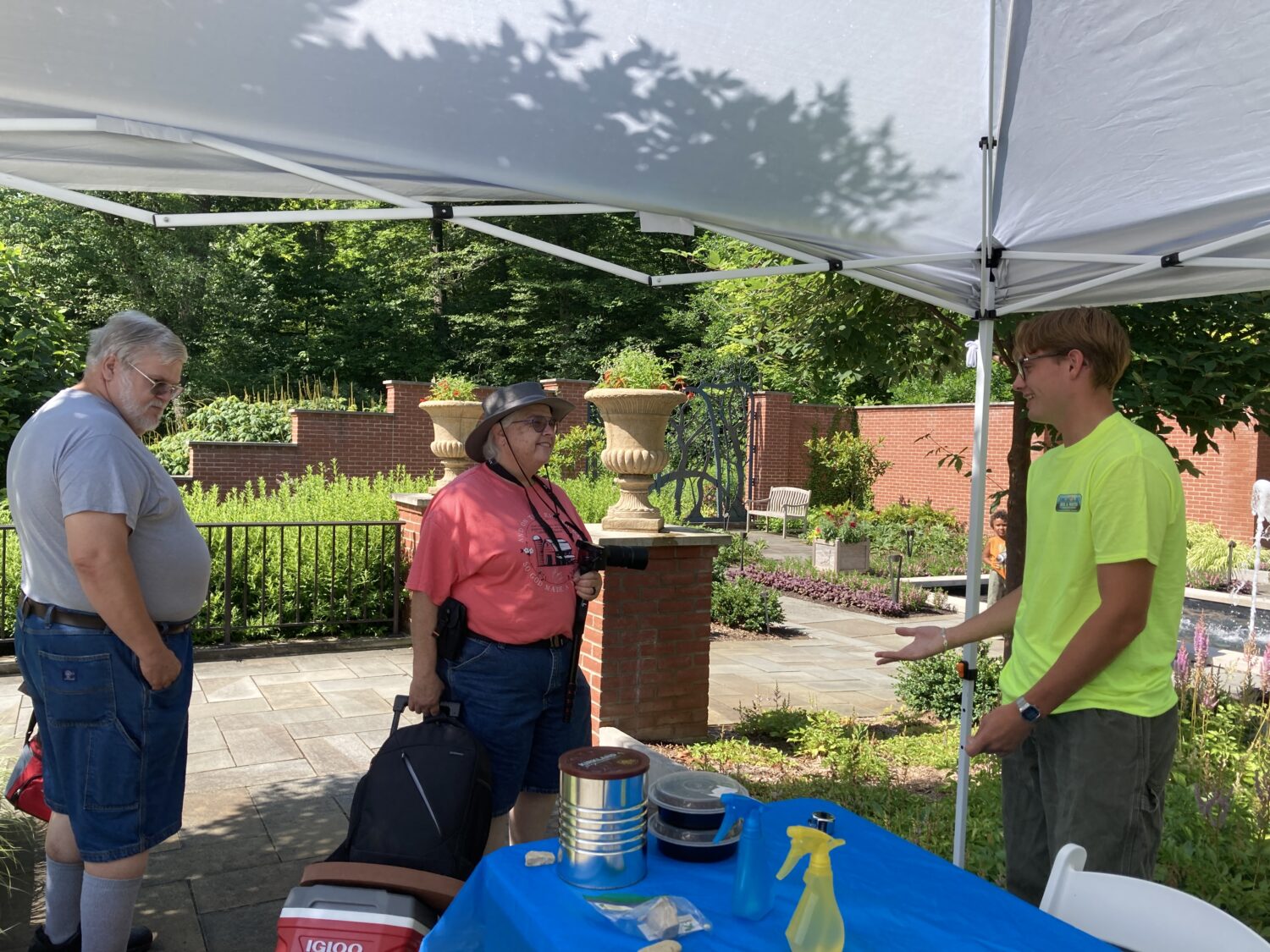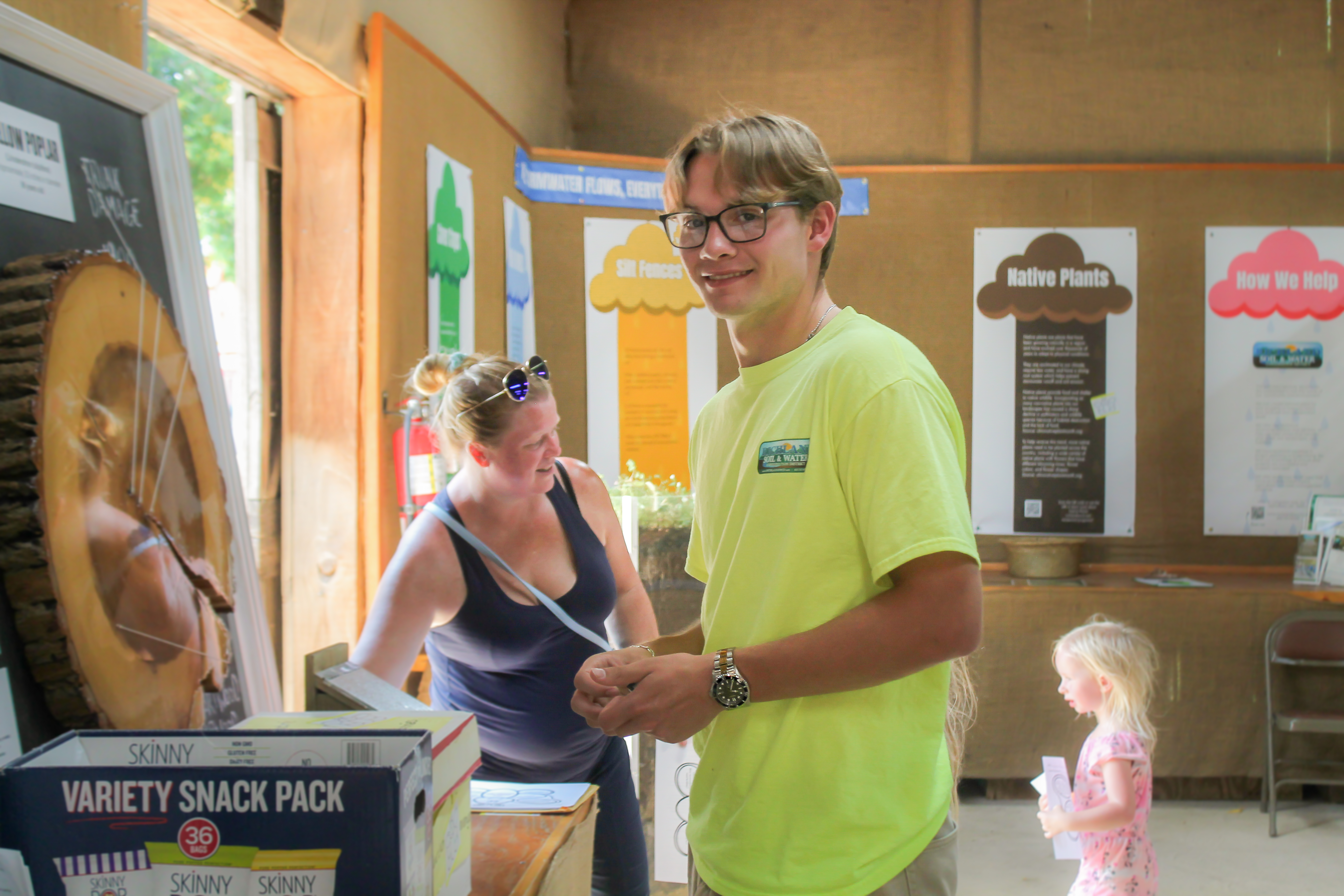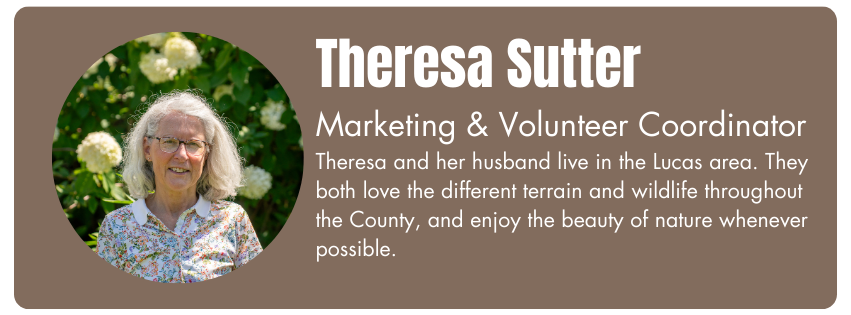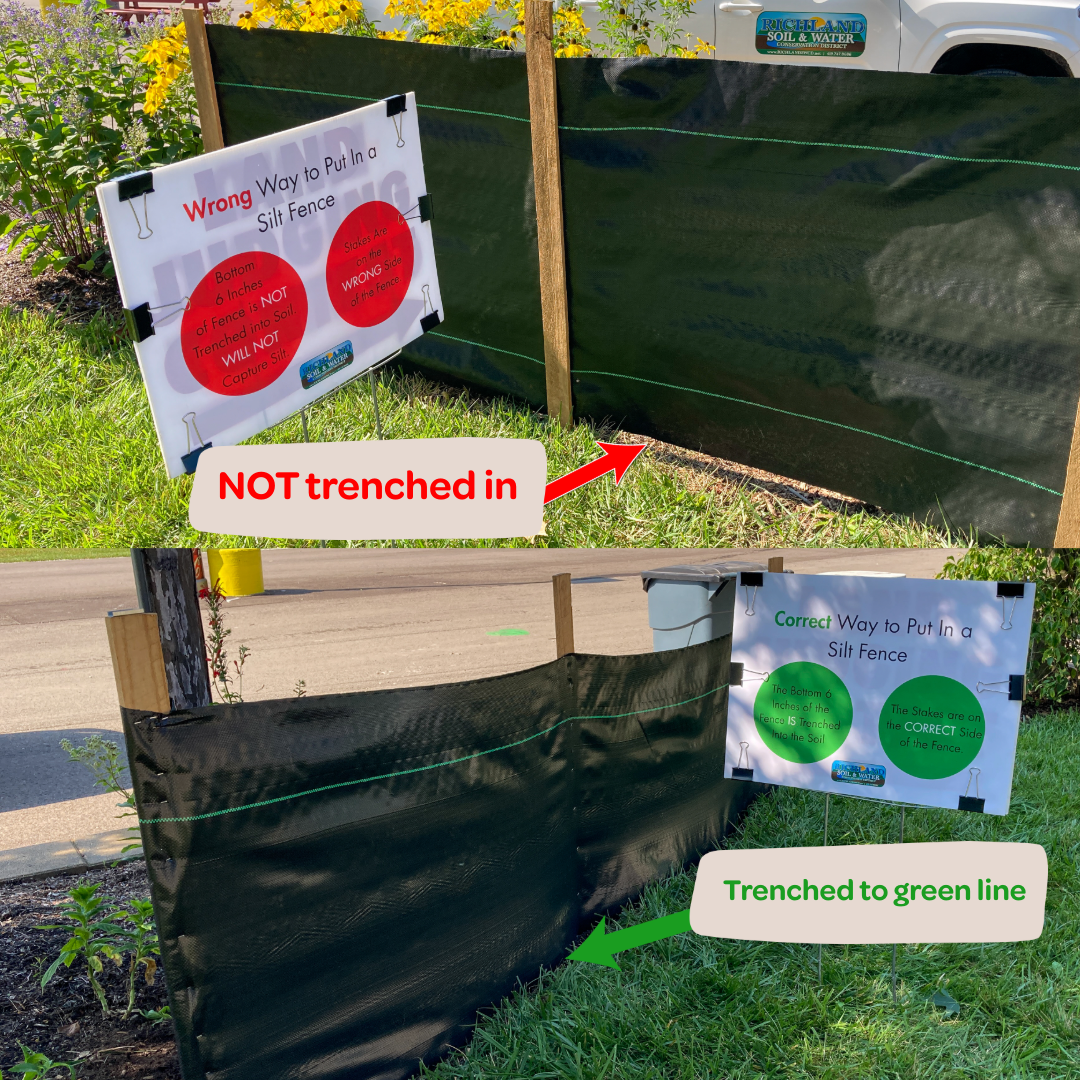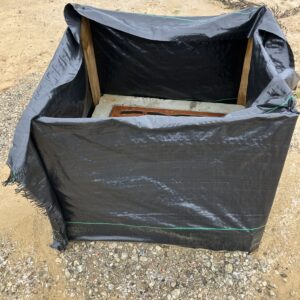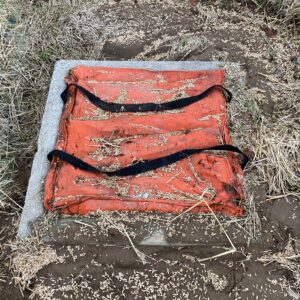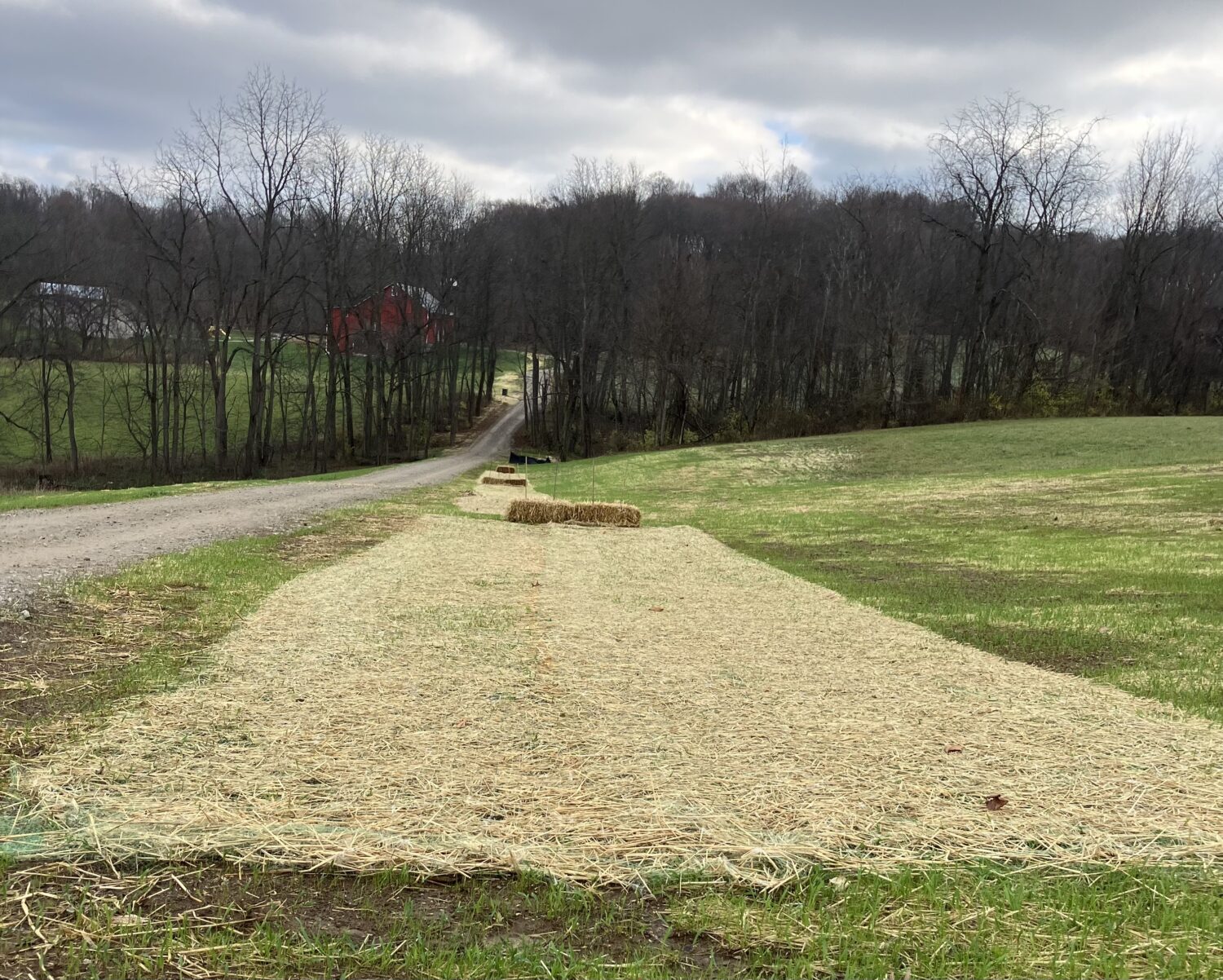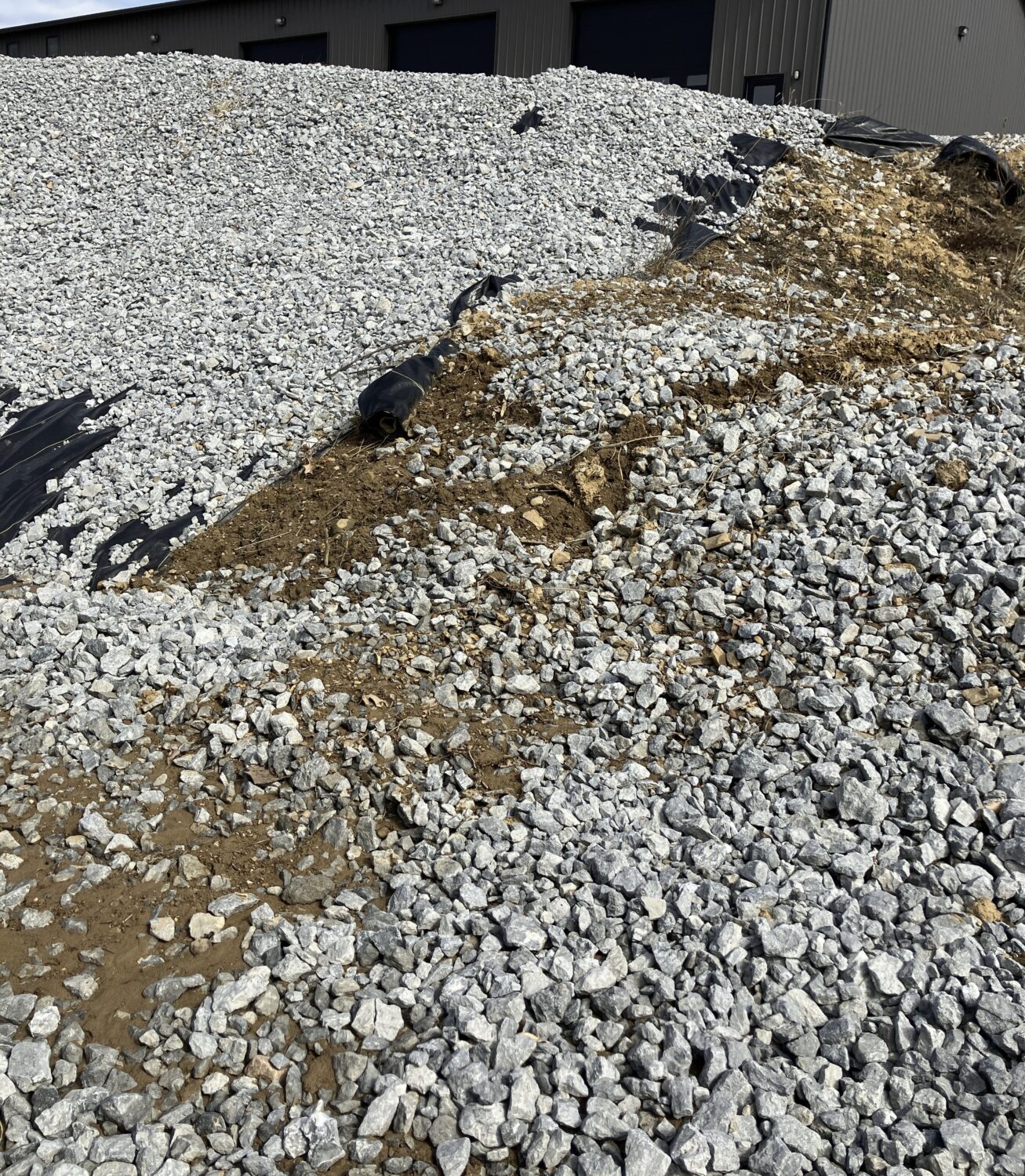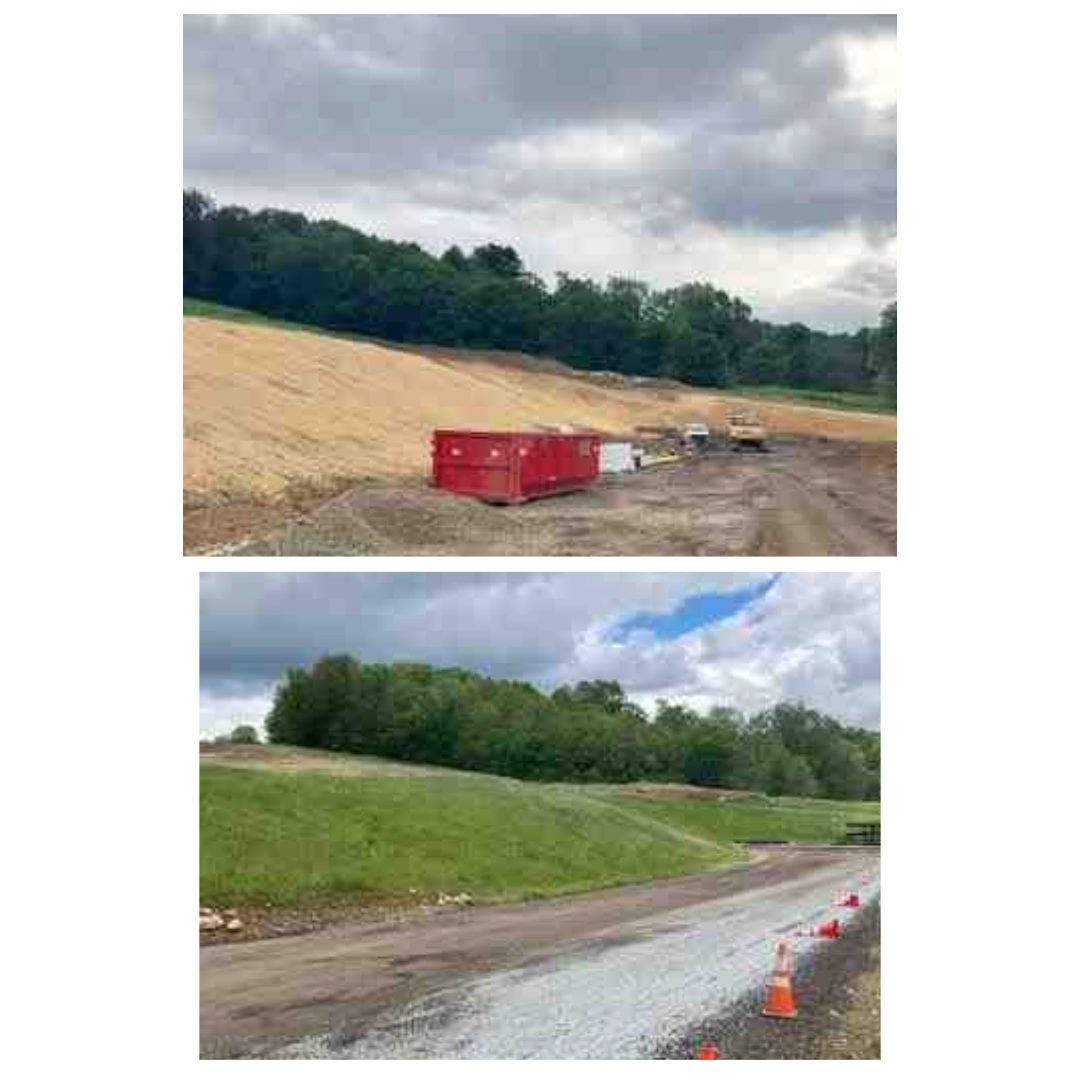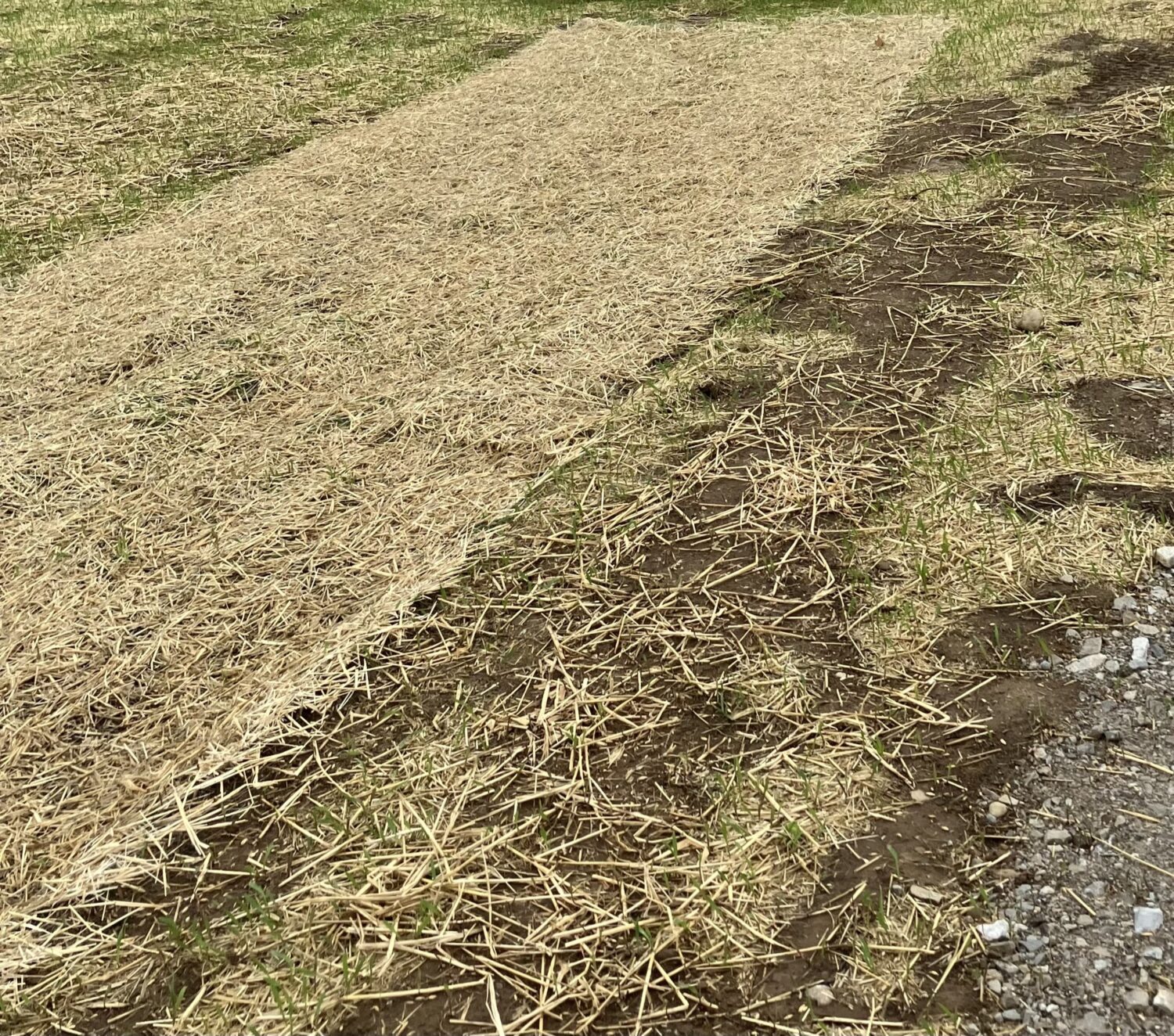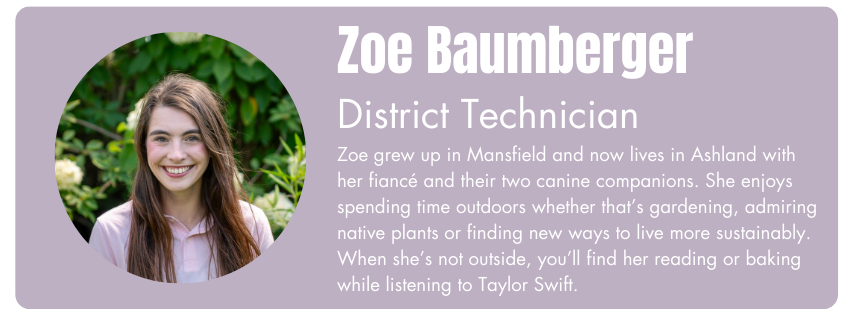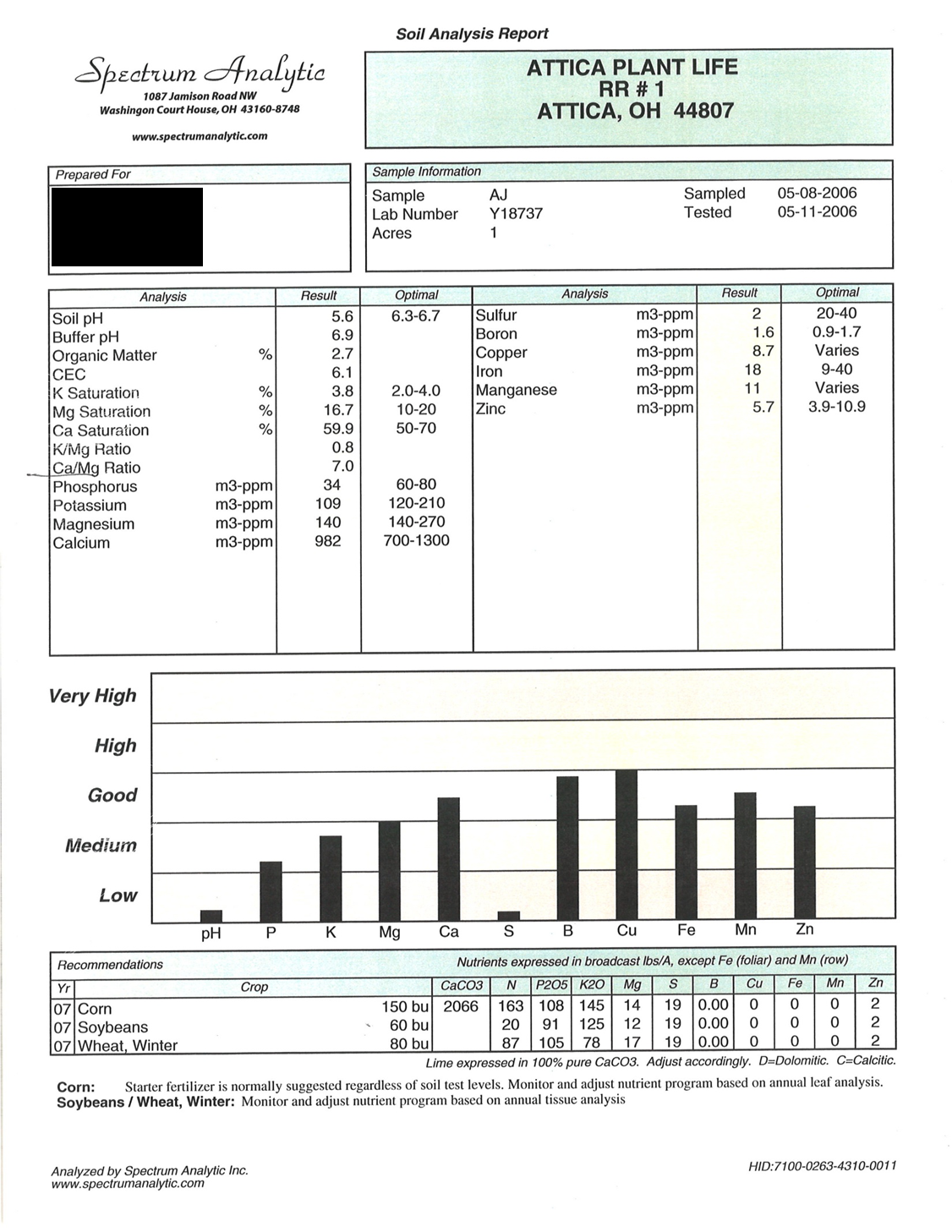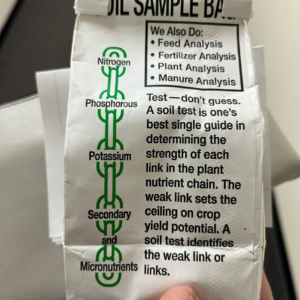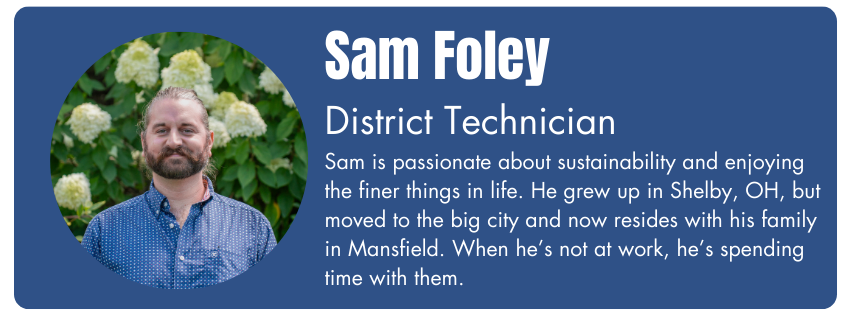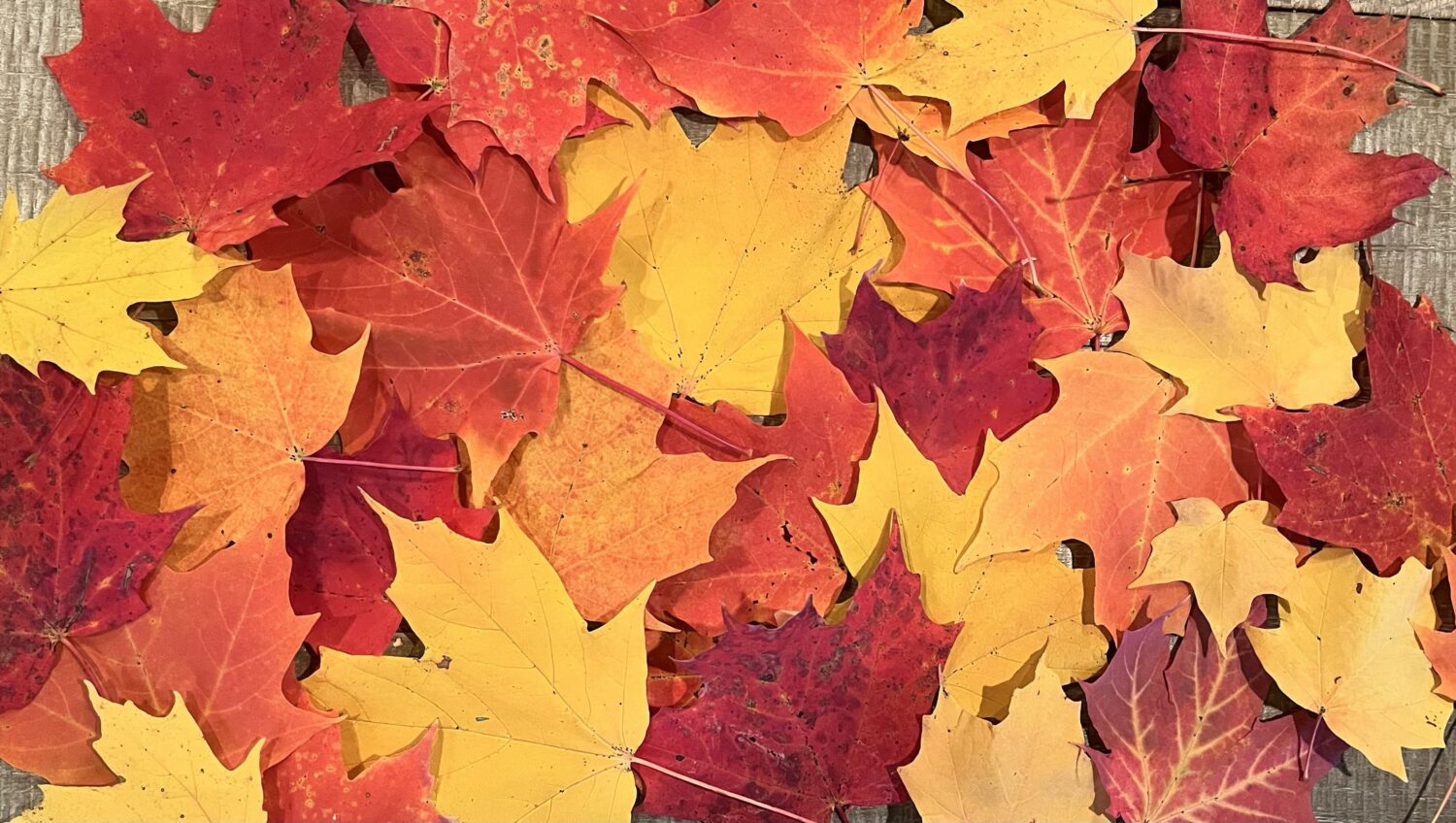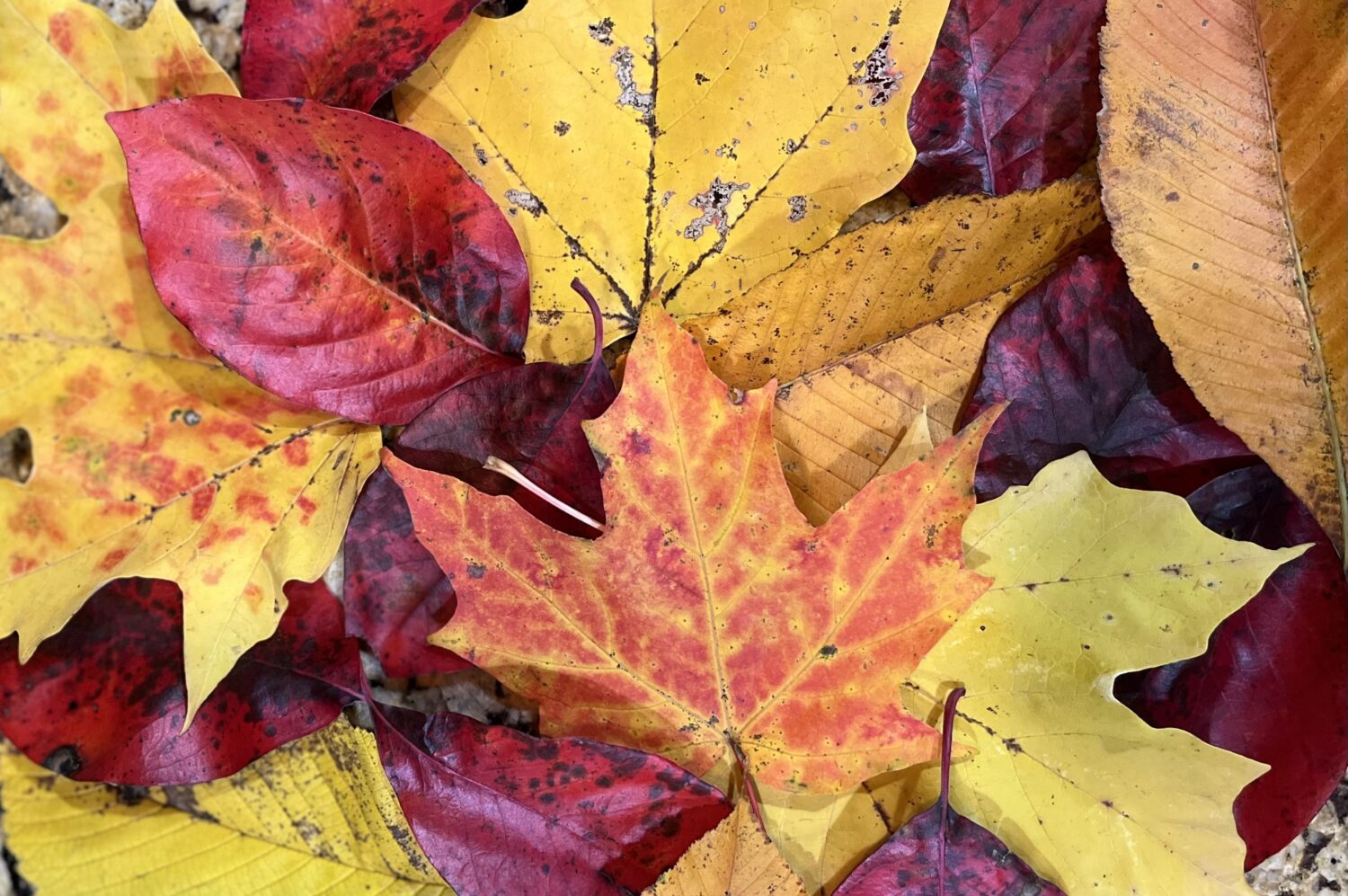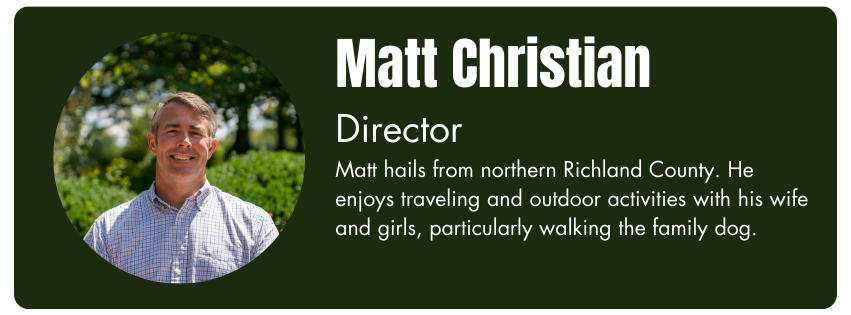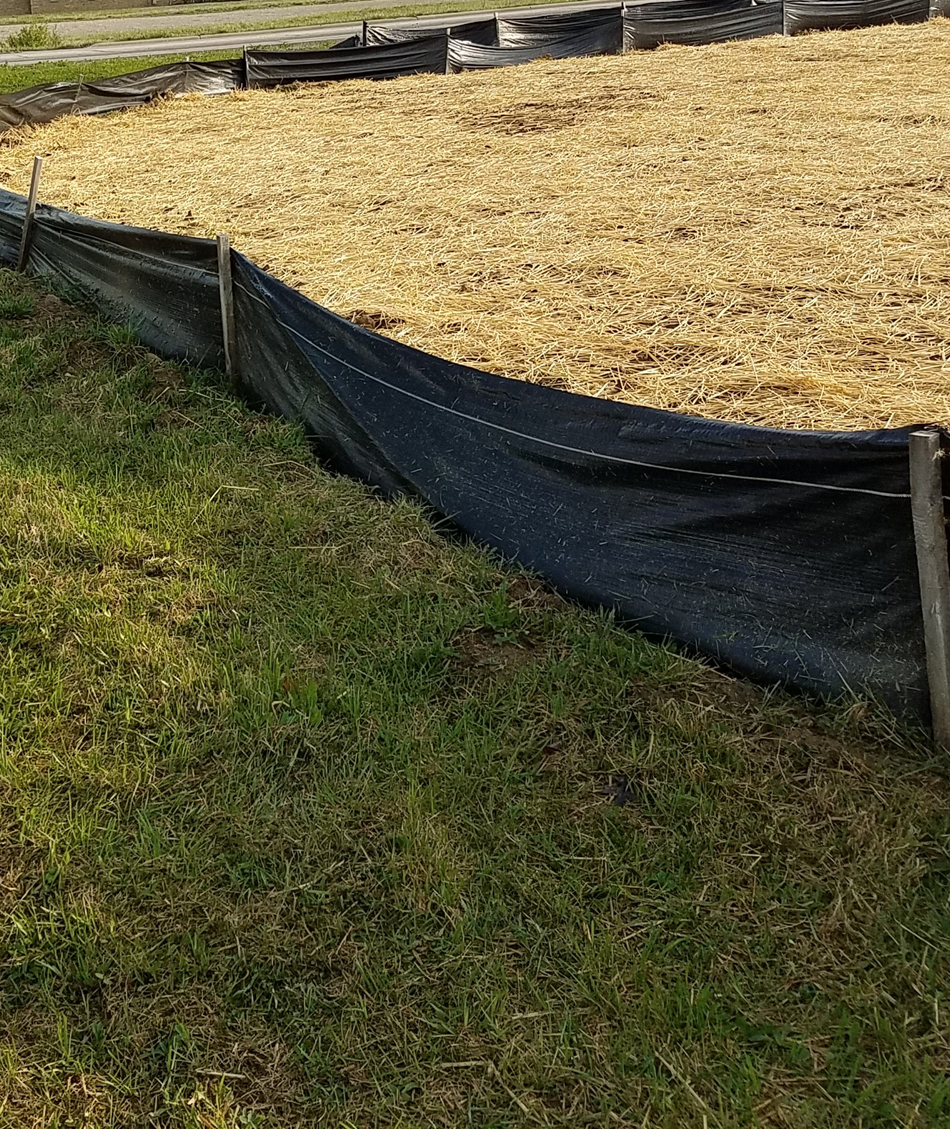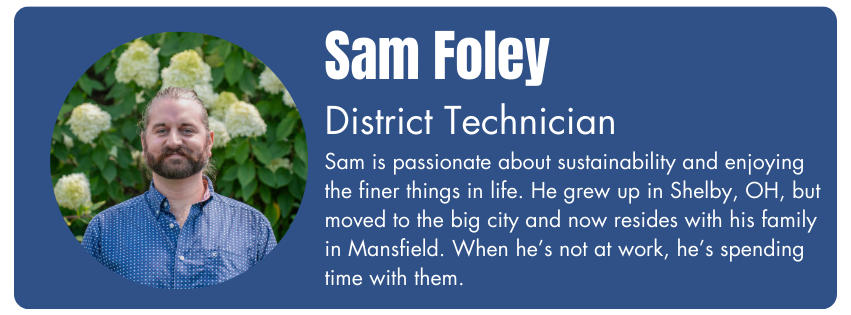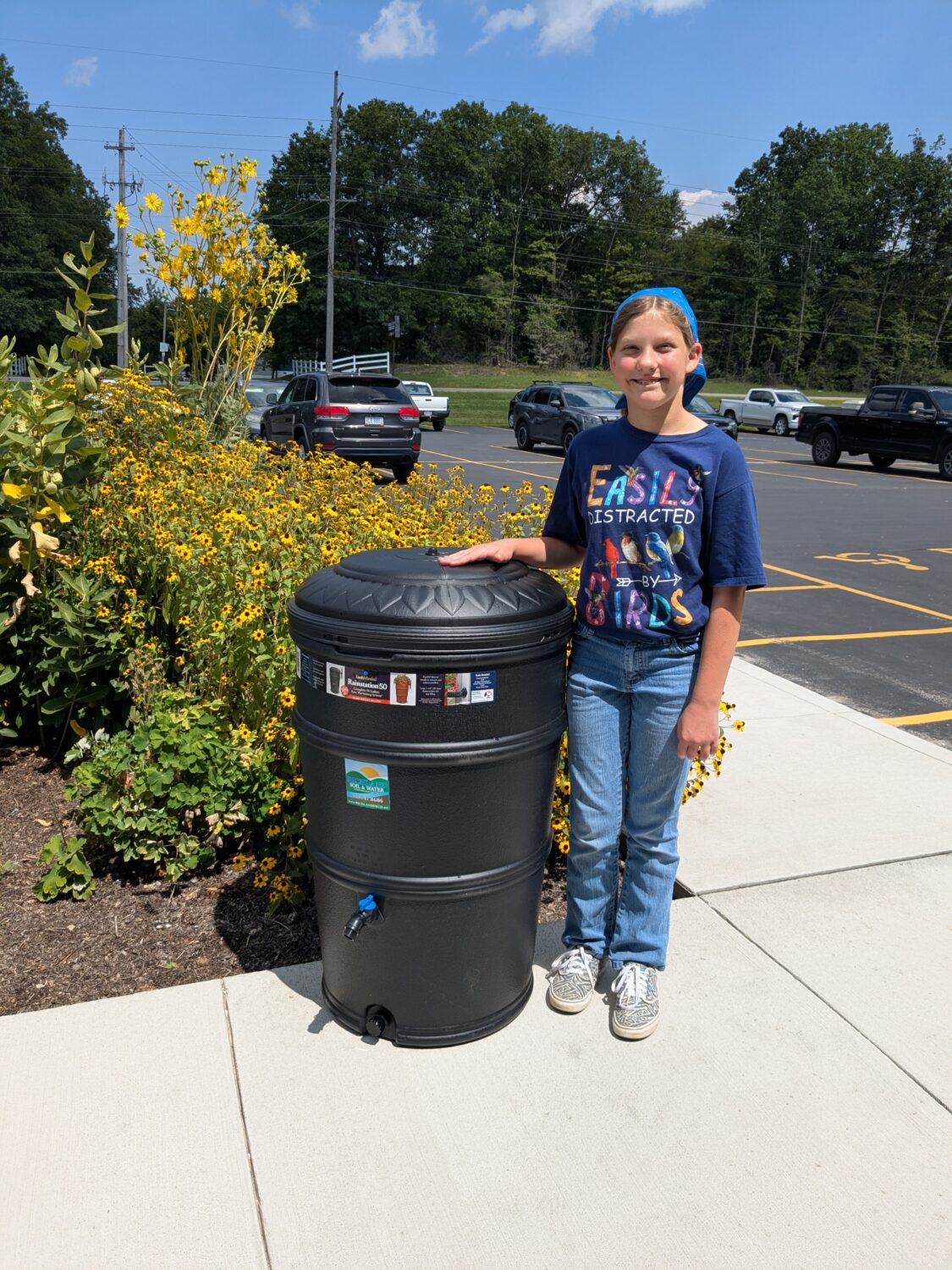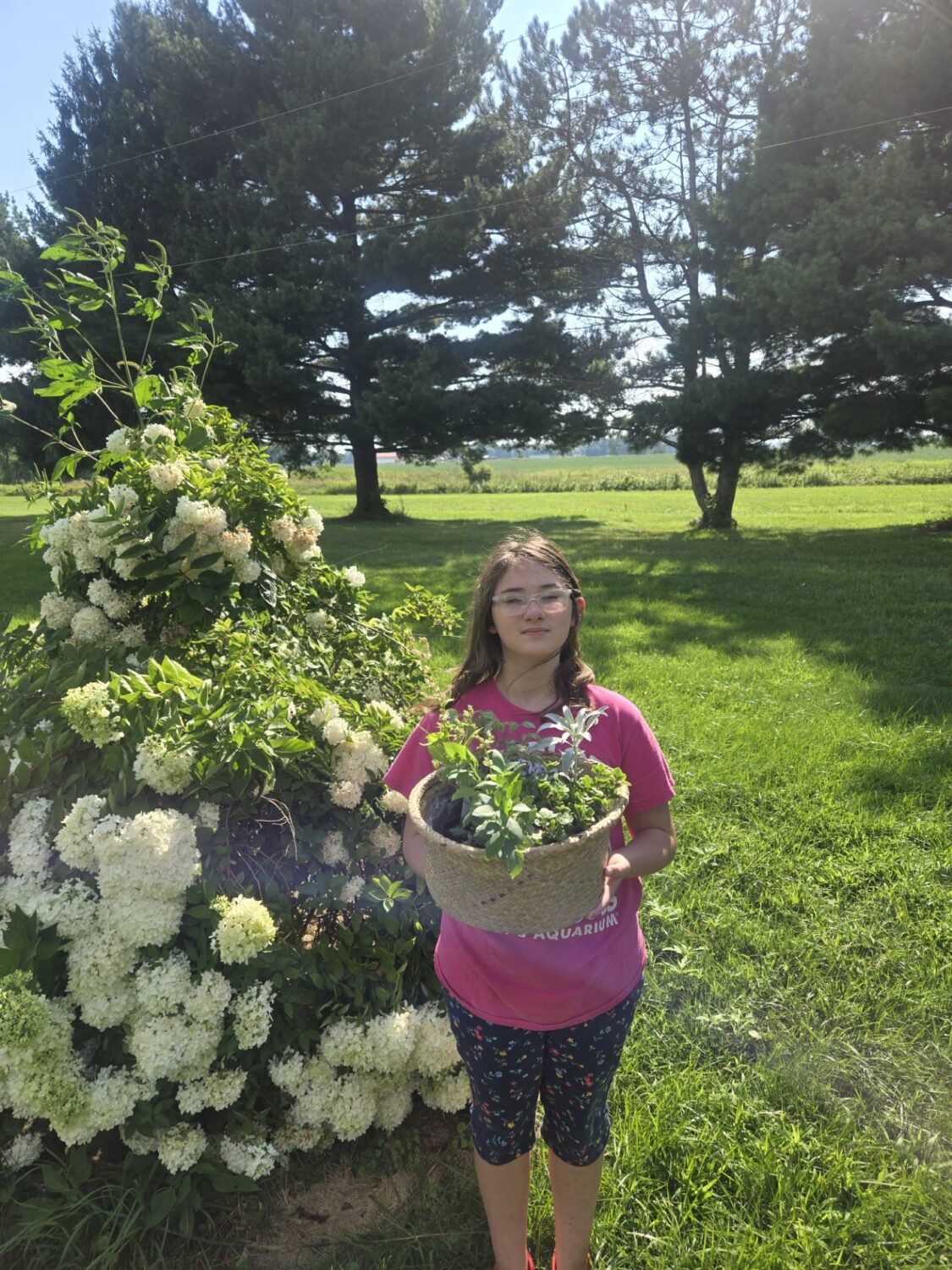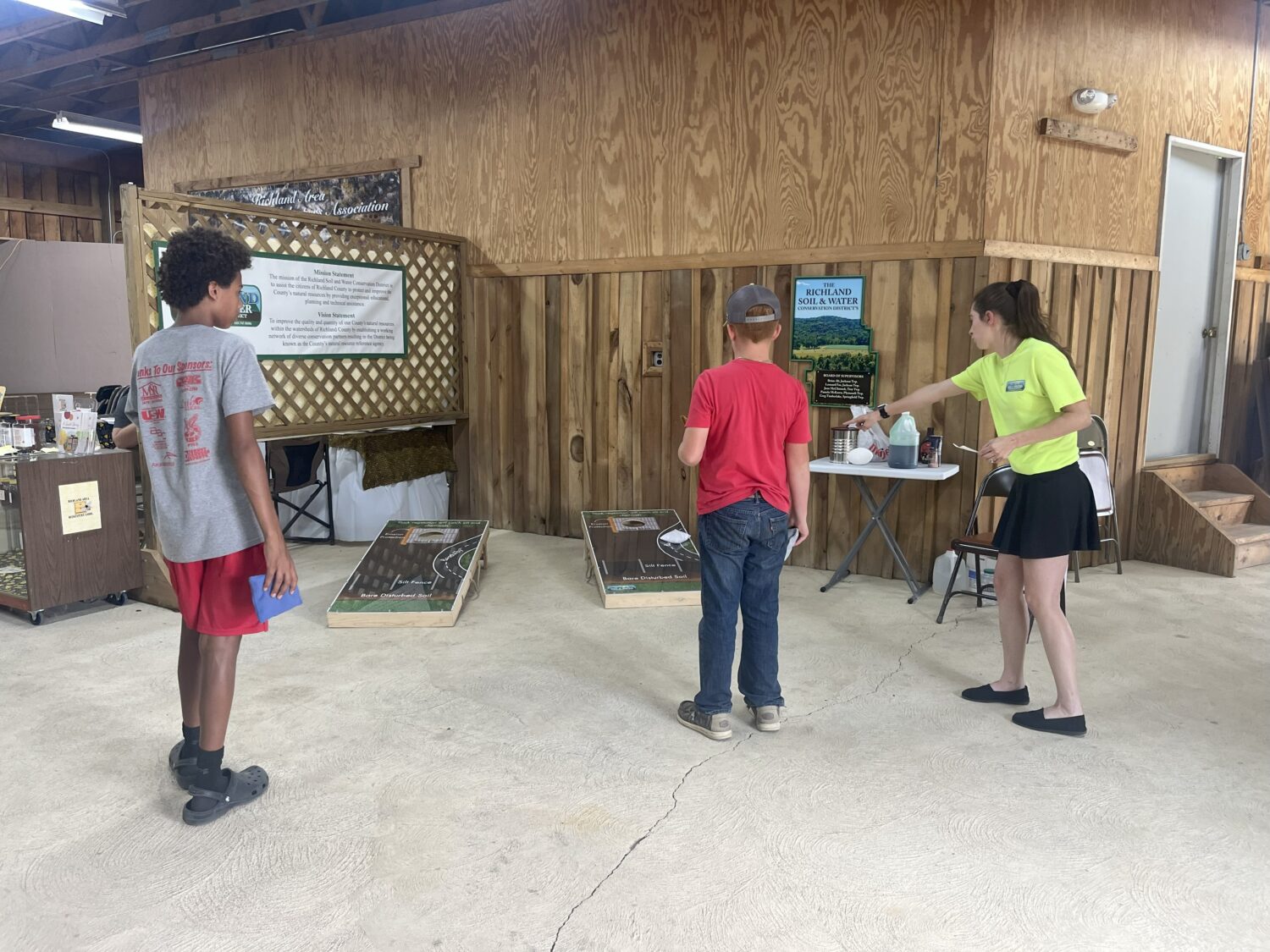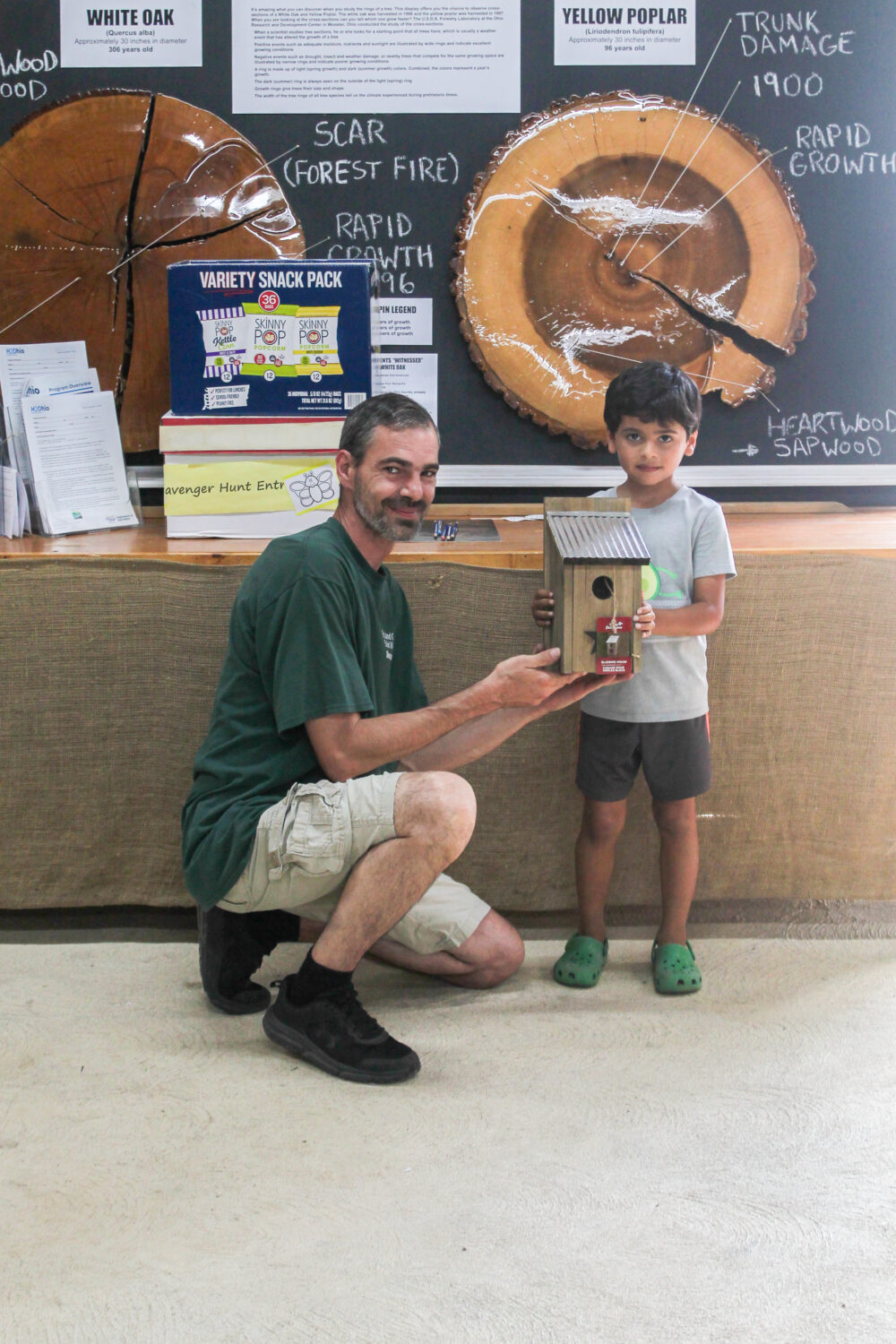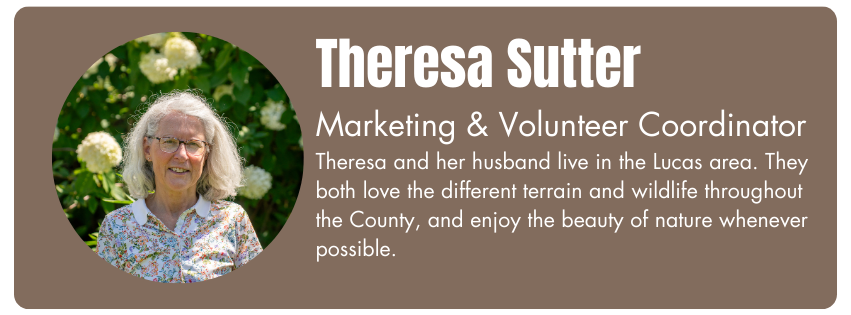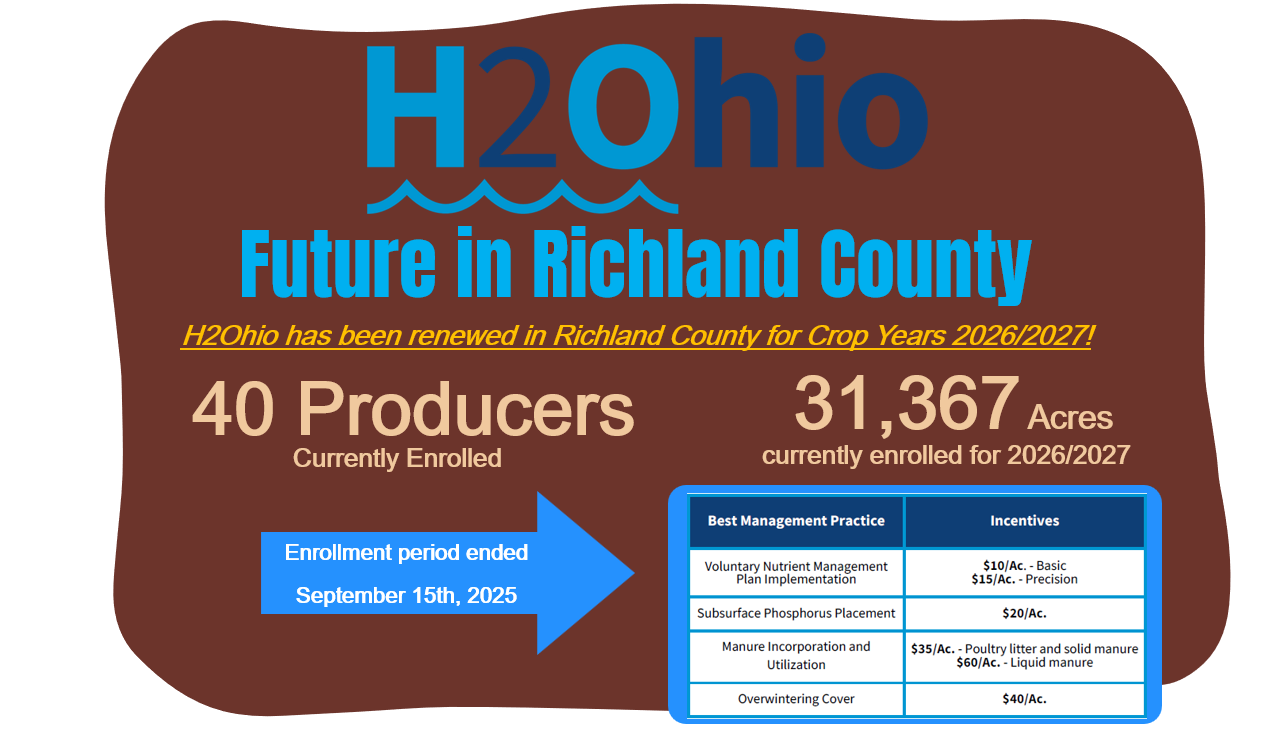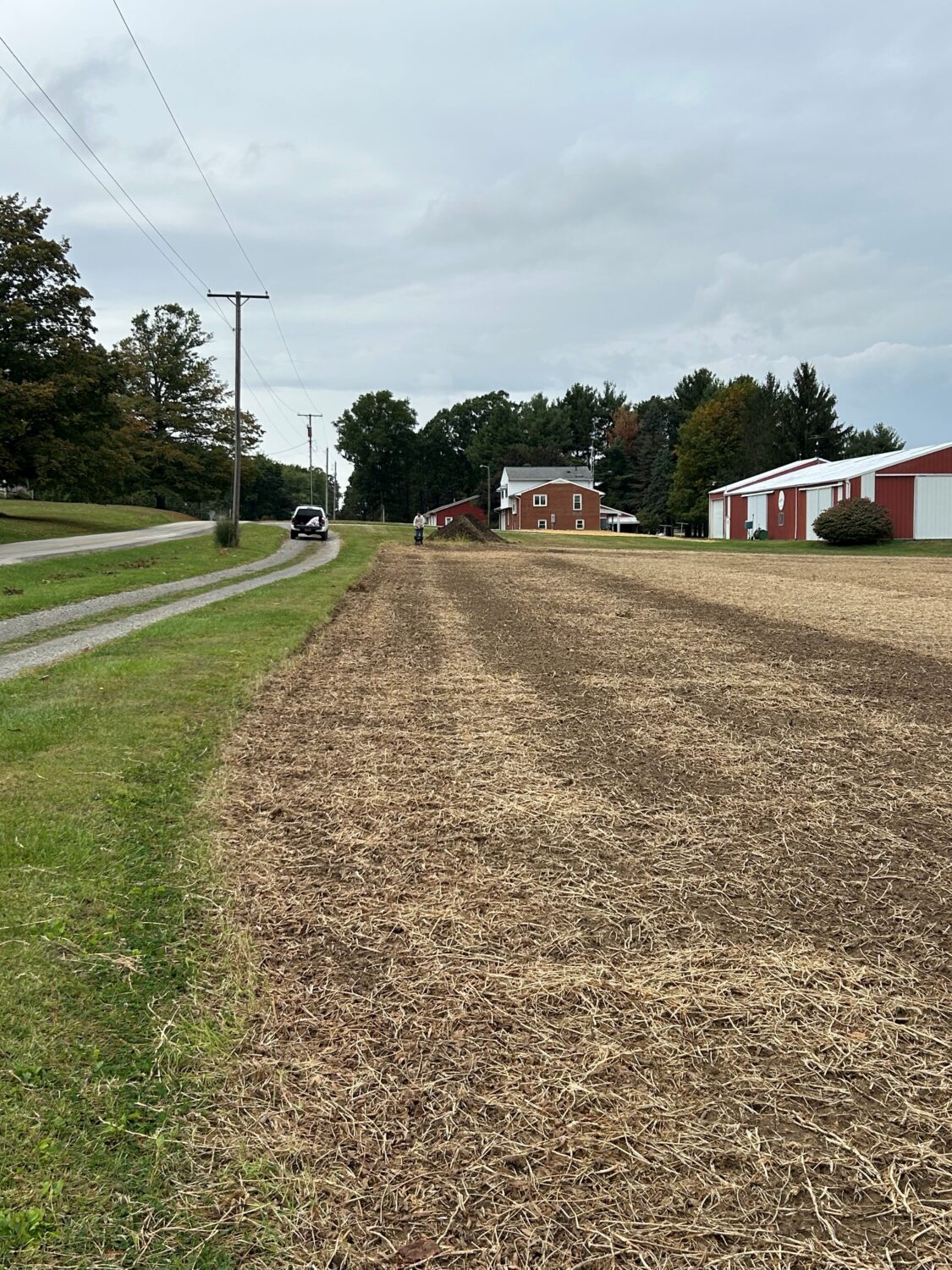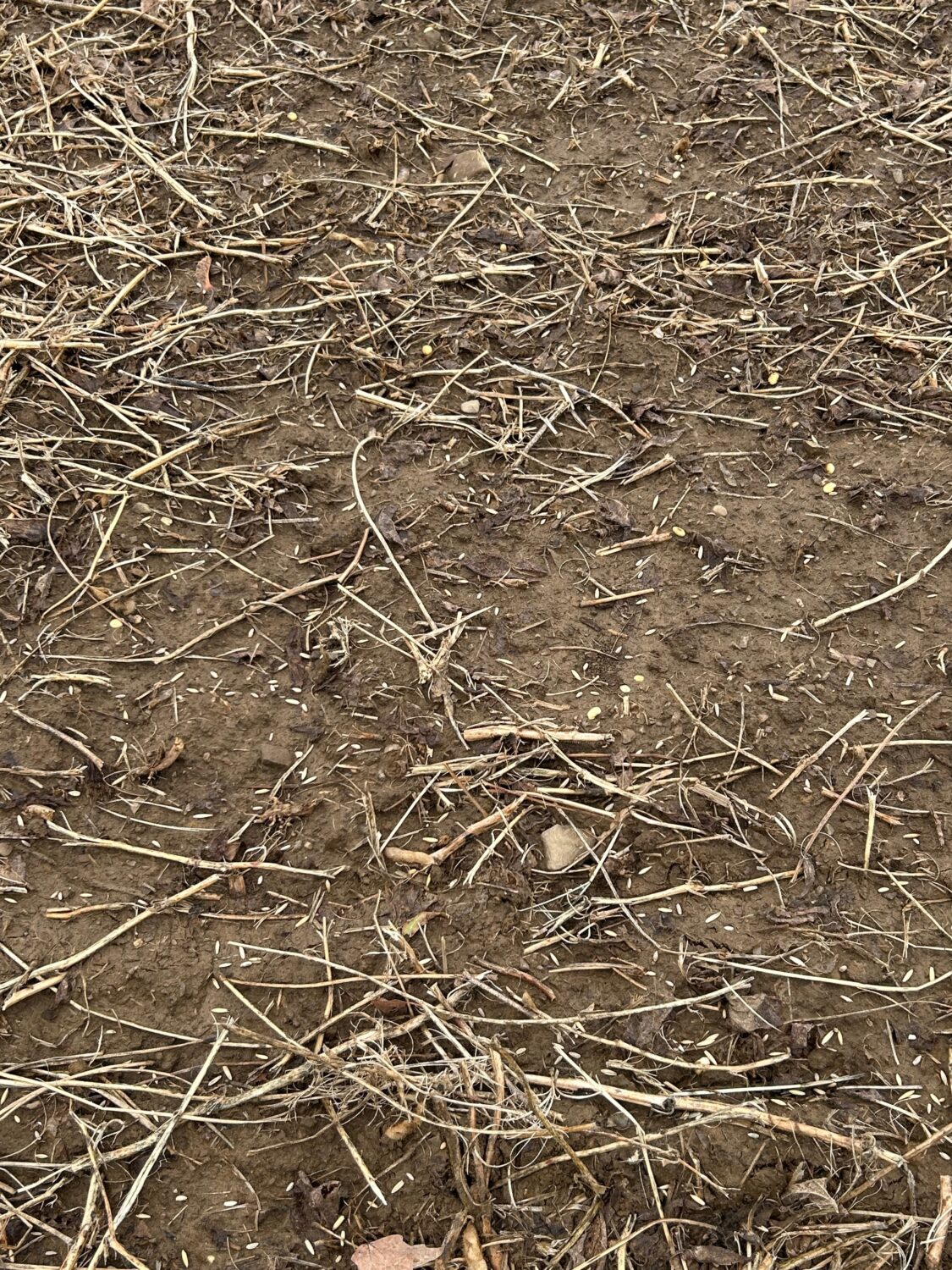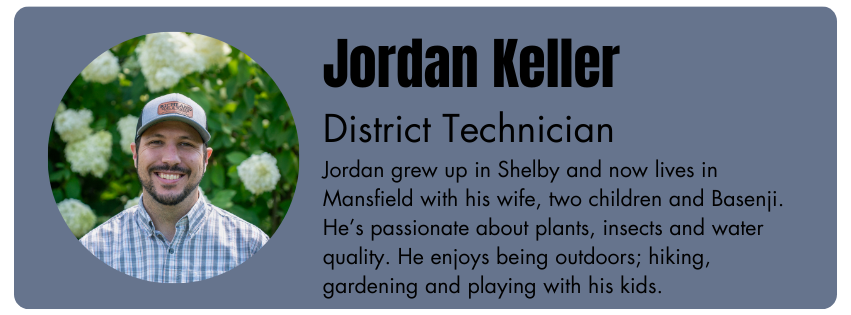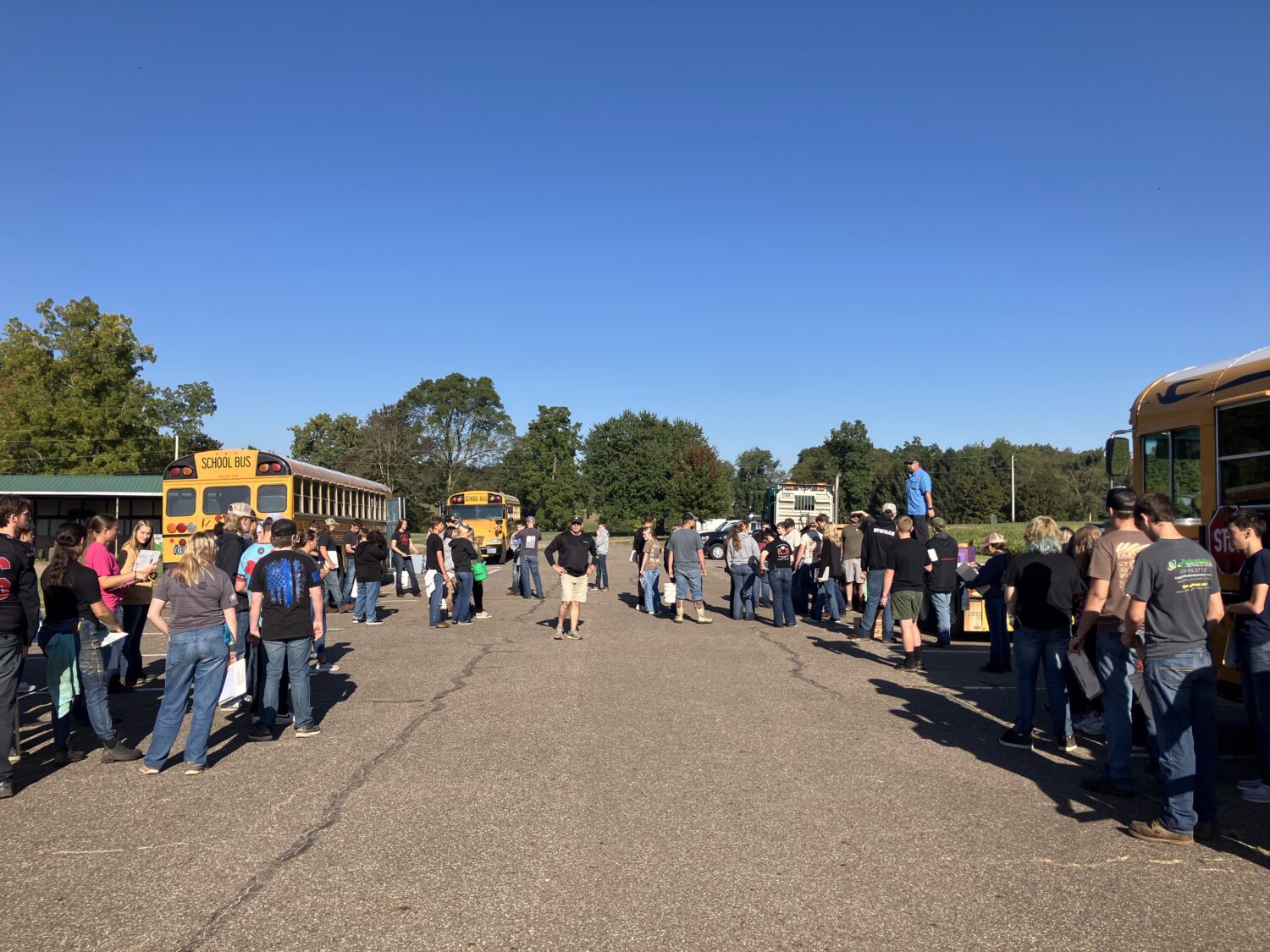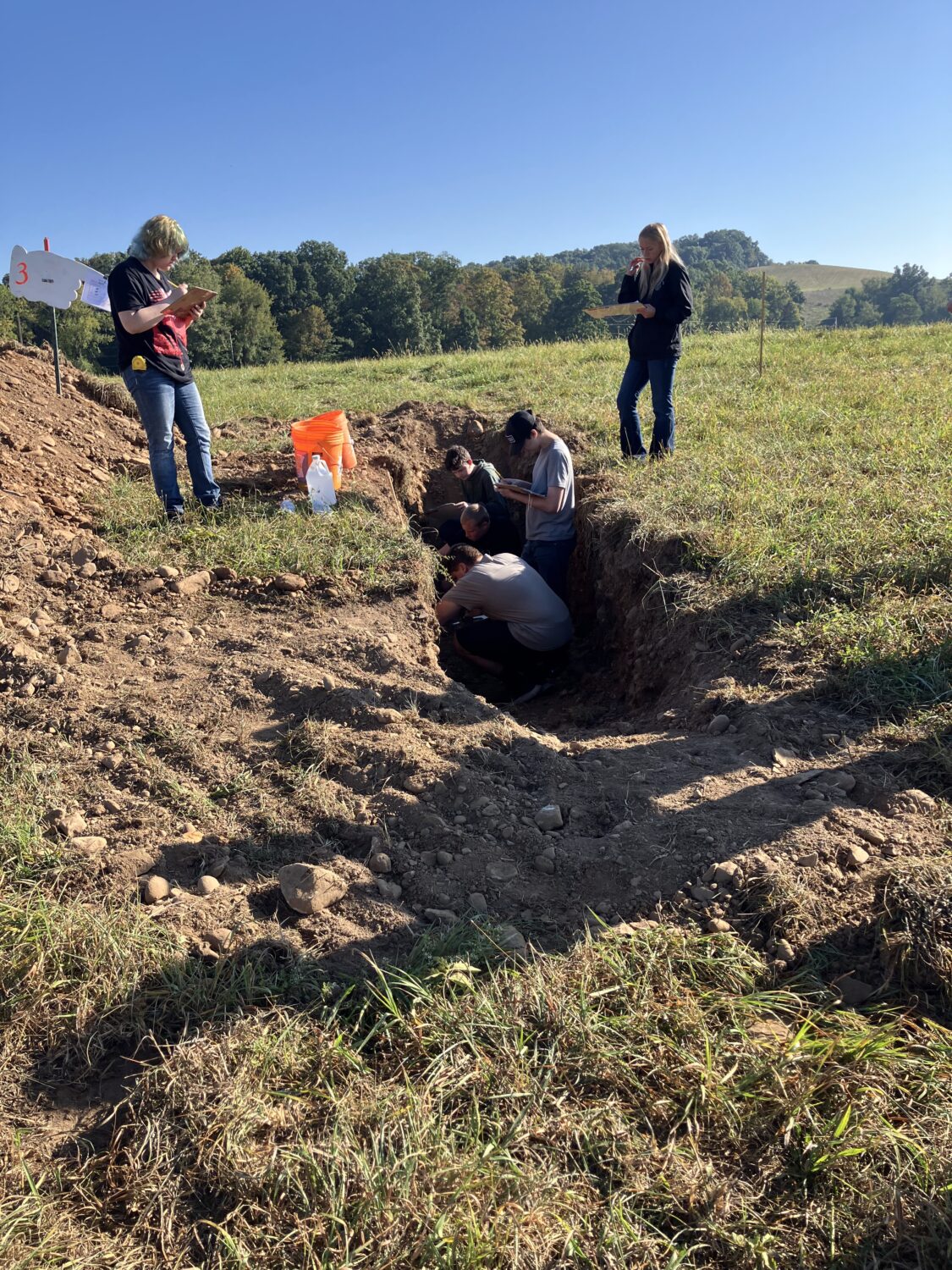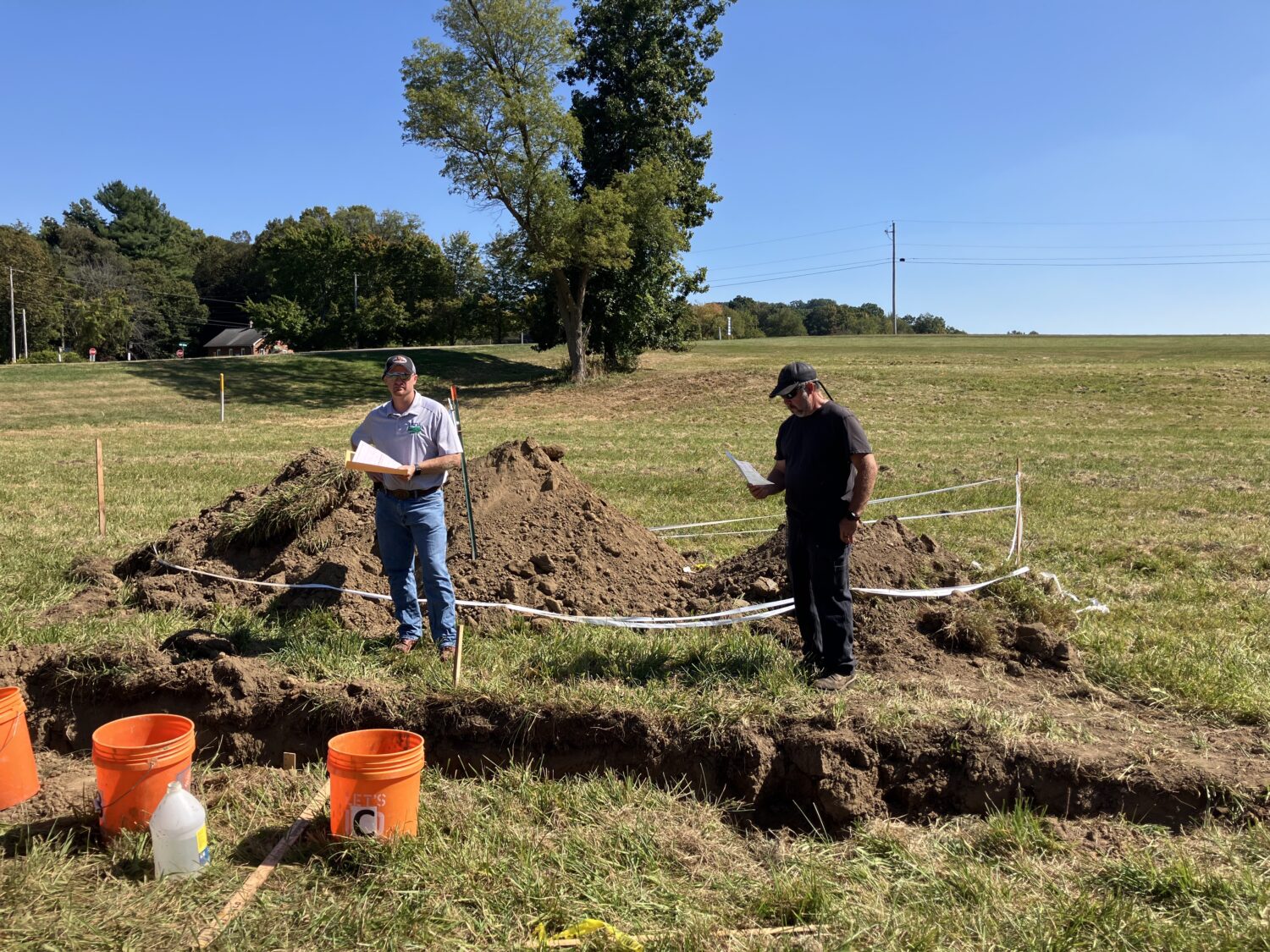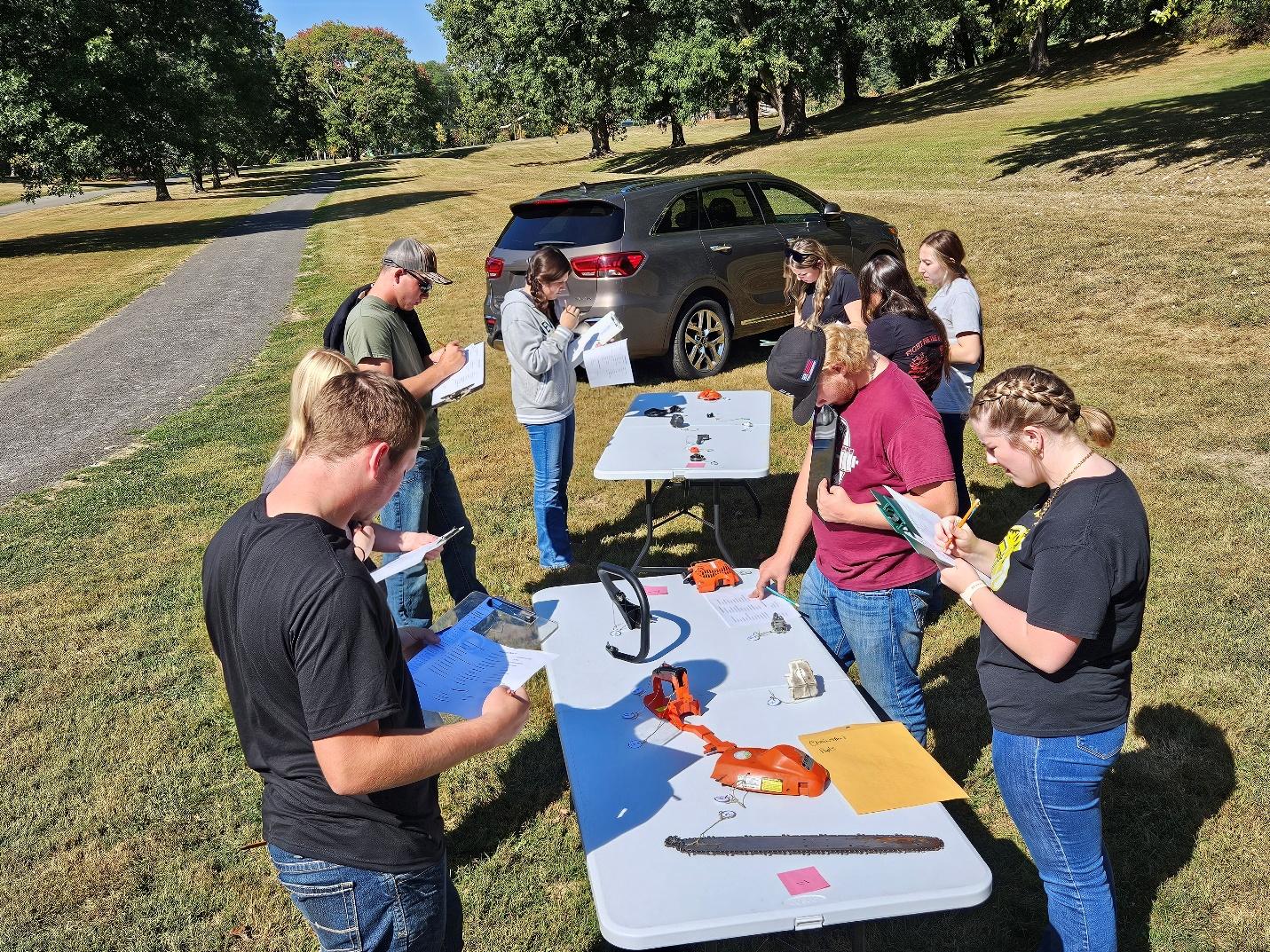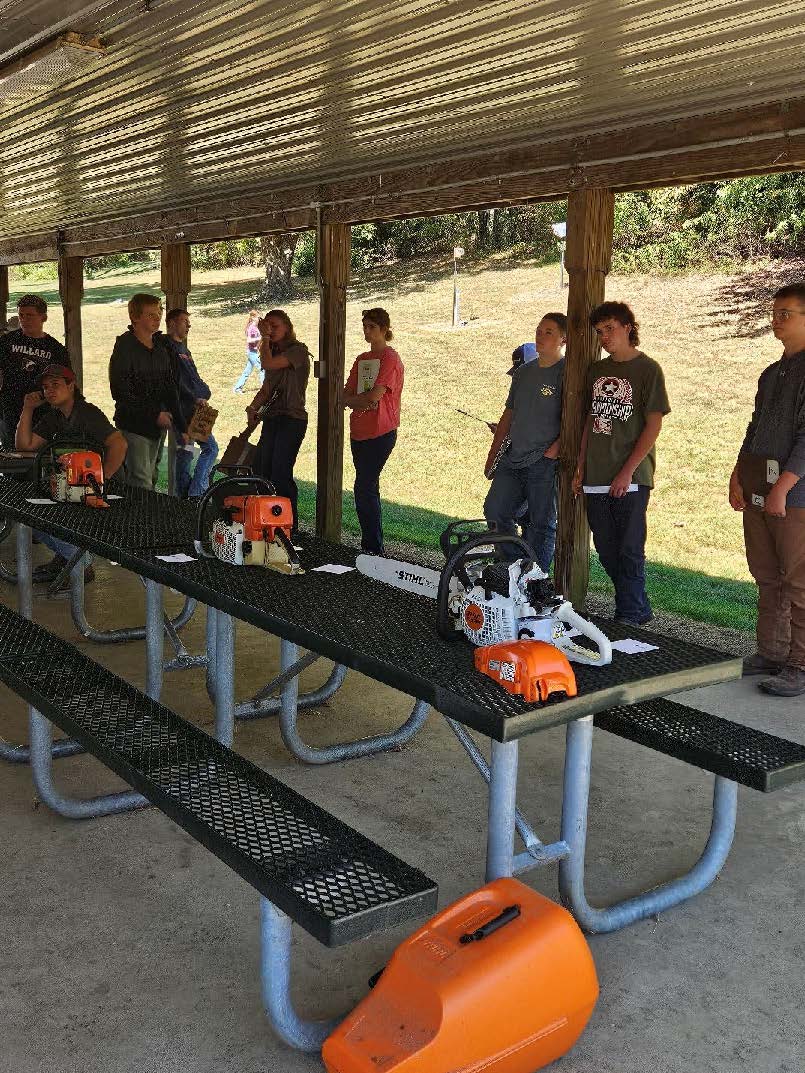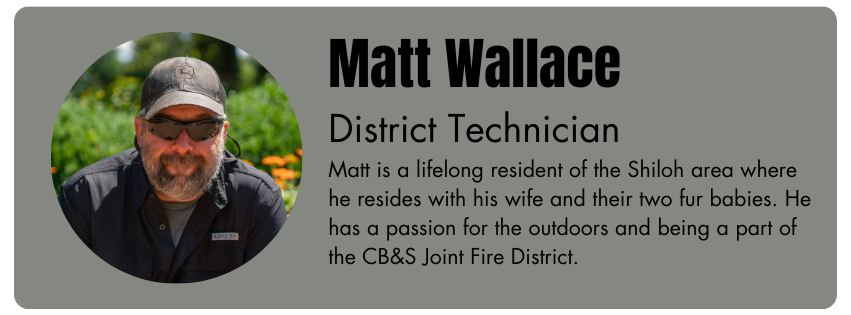Highlights from Richland SWCD”s 2025 Annual Celebration!
By Theresa Sutter
We held our annual celebration on September 11, bringing together partners, volunteers, elected officials and community members to share the District’s mission and the past year’s accomplishments. The celebration included recognition of outstanding contributions, highlights of the District’s impact and the re-election of Leonard Fox to our Board of Supervisors.
The Ohio State University at Mansfield Recognized as the 2025 Cooperator of the Year
The Ohio State University at Mansfield was awarded the Cooperator of the Year award for their work at the EcoLab. In addition to their efforts being recognized by the District, the Ohio Department of Agriculture (ODA), Ohio Senator Mark Romachuk, Ohio Representative Marilyn John, Richland County Commissioners and Mansfield Mayor Jodie Perry provided proclamations, commendations and certificates of accomplishment.
The award was accepted by Dr. Jason Opal, Dean and Director at The Ohio State University, and accompanied by Cynthia Callahan, Associate Dean of Student Enrichment and Professor of English and Gabriel Karns, Assistant Professor School of Environment and Natural Resources and EcoLab Director.
The EcoLab at The Ohio State University at Mansfield campus is an umbrella term inclusive of all the outdoor assets on campus. Among other features, the Ecolab consists of a maple research sugarbush complete with maple syrup production, woodland and wildlife management showcase areas, Right-of-Way Pollinator demonstration plots, vernal pools, hiking trails with interpretive signage and the Grant and Mary Milliron Research Wetlands and Classroom.
The EcoLab provides educational workshops and programs to the public. It also fosters partnerships with public and private entities on a range of natural resource and environmental topics.
Dr. Jason Opal said The Ohio State University at Mansfield is intentional and forthright about their moral and ethical responsibilities to take care of the campus.
Congratulations to the Ohio State University at Mansfield on receiving this distinguished award and for being a good steward and example to others about responsible land management and education.
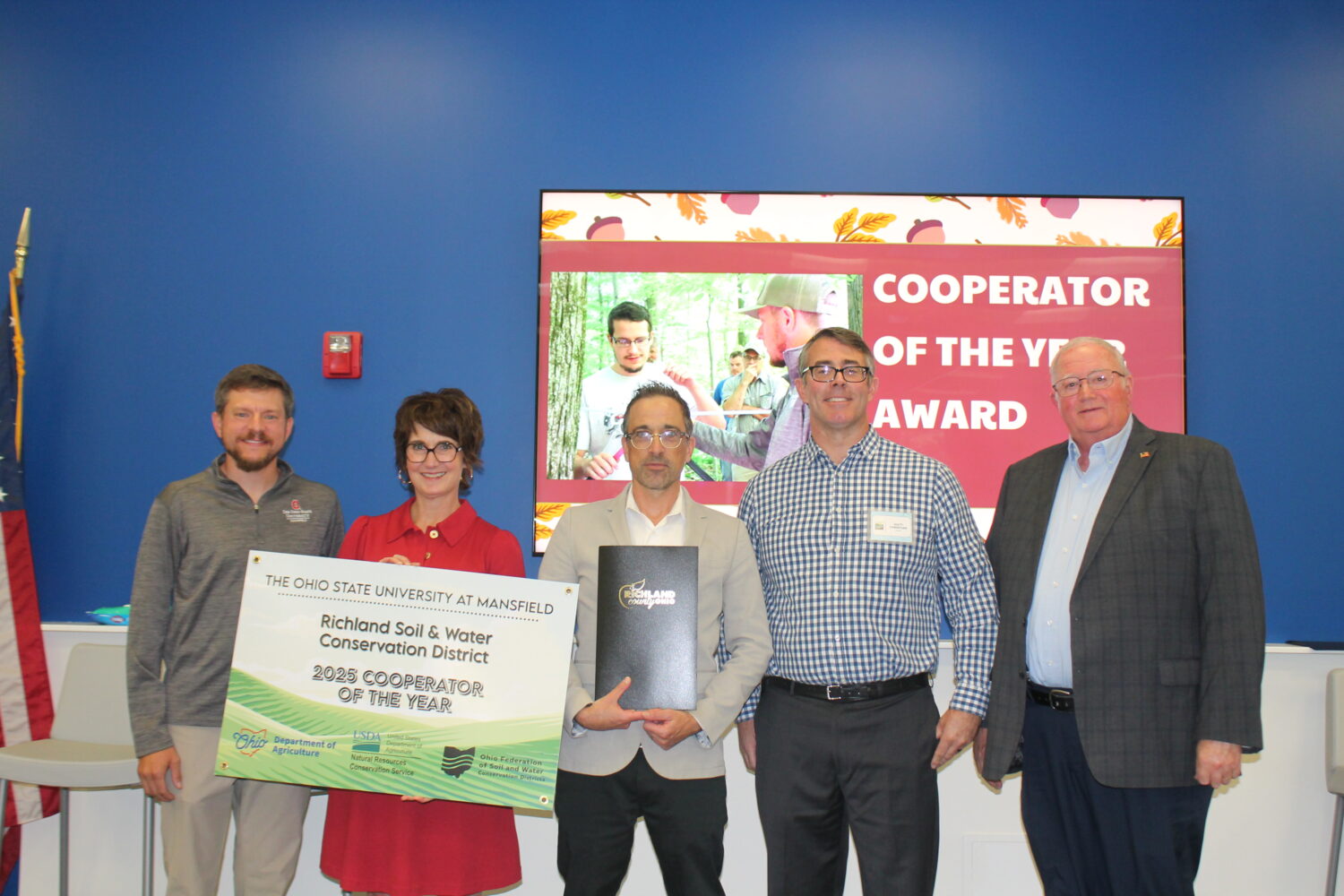
Volunteer Impact & Volunteer of the Year
Volunteers help monitor streams, lakes and precipitation. They volunteer at workshops, community events, photography and in the office. So far this year, 72 volunteers have donated over 2,000 hours and saved the general fund approximately $ 69,000. Thank you, volunteers!
We appreciate the hard work and dedication of all volunteers, but each year we recognize an exceptional individual who has gone above and beyond to help us achieve our mission. We’re thrilled to announce this year’s Volunteer of the Year recipient is Elaine Oswald.
Elaine has volunteered with Richland Soil and Water Conservation District since 2016. She volunteers as a precipitation monitor and provides daily reports of rain and snow amounts on our website that is reported in real-time and used by the public, other volunteers, gardeners, community developers, elected officials and many more. Elaine said she volunteers with us because she has always been interested in conservation of our natural resources and felt monitoring precipitation was an easy way to participate. She holds bachelor’s degrees in biology and geology. As part of her education, she studied soils and is an avid gardener.
Her contribution to the District was also recognized at the Annual Celebration by the Richland County Commissioners, Ohio Senator Mark Romanchuk, Ohio Representative Marilyn John and Mansfield Mayor Jodie Perry.
Congratulations and thank you for volunteering with us, Elaine!
